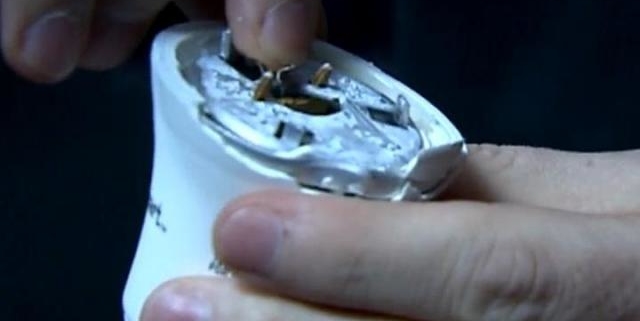Smart home devices are big on convenience but often lack security :: WRAL.com
Smart home devices like thermostats, light bulbs, smart safes and security cameras add a whole new level of convenience to your home. However, security experts say these devices can be a treasure trove of information for hackers, because manufactures often don’t put in enough safeguards, prioritizing ease of use over security.
Neal Bridges, the chief cybersecurity and content officer for information technology and securities company INE, an “ethical hacker” who simulates device hacking to expose vulnerabilities in software, was able to hack into a smart security camera within minutes just by accessing the unsecured Wi-Fi it was connected to. Bridges was able to unearth personal data during this simulated hacking because some of the software used in the device had not been updated since 2011.
“This is very common,” he explained. “They’re using software they don’t typically have to pay for so therefore it’s not maintained by any well-established organization.”
Information can also be hacked if a device is physically stolen and its computer chip is accessed. Bridges recommends clearing or reformatting devices before throwing them away.
Bridges tells Five On Your Side that most smart home devices are easy to hack because there’s no industry or government standard for protection.
“The manufacturers don’t build them with safety and security in mind,” Bridges said.
Early this year President Biden issued an executive order calling for companies and the government to increase their cybersecurity efforts. The National Institute of Standards and Technology has explored the idea of a consumer software labeling program, much like nutrition labels. But that agency doesn’t have the authority to make rules for labeling, and any labeling would be voluntary.
Bridges tells Five On Your Side that for now it’s really up to consumers to protect themselves.
Here are three ways to protect your smart home from a hack
- Create a unique username and password for each device, and make sure your Wi-Fi itself has a passcode.
- Use two-factor verification when available…

